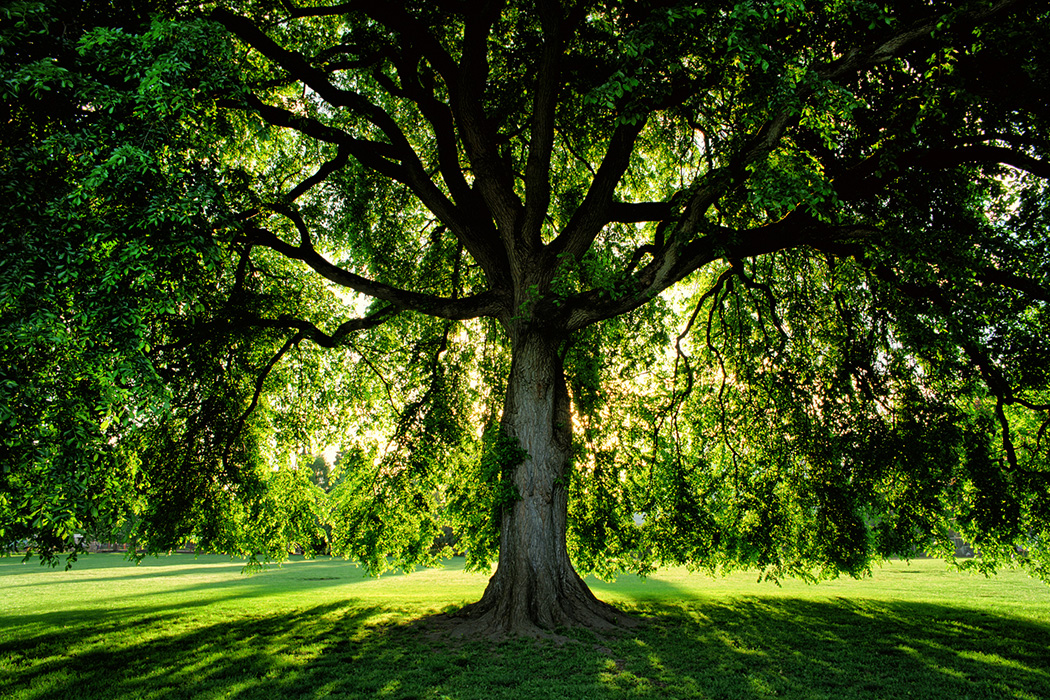For many in Israel and across the world who have been confined to their homes—weary from a constant diet of political drama and itching to extricate themselves from coronavirus woes—a new year is about to begin: Tu B’Shevat, the “New Year for the Trees.”
Many rabbis describe this as a particularly important time to appreciate the “land” of Israel. As Rabbi Eliyahu Kitov, writes in the Book of Our Heritage, “Tu B’Shevat bespeaks the praise of the land of Israel—for on this day the strength of the soil of the Eretz Yisrael is renewed and it begins to yield its produce and demonstrate its inherent goodness.”
First, taste it, or more precisely, drink and eat what it produces. Of the seven biblically mentioned species, five grow on Israeli vines or trees. Today, Israel grows 55,000 metric tons of grapes each year. Seventy major wineries and 250 boutique wineries use most of these grapes to produce more than 4.5 million bottles of wine, many of which are winning international awards.
Second, appreciate the land by traversing it. This year, we will have to make do with virtual hikes and plan for future ones as soon as possible. Israel has miles and miles of trails from which to choose.
The 620 mile-long National Trail is listed by National Geographic as one of the most epic in the world. Not only does hiking in Israel provide spectacular scenery, but where else in the world can you hike on the same paths where our biblical ancestors walked, and see the same species and mountains that they saw?
There are also breathtaking trails along the cliffs of the Mediterranean, through amazing hidden desert canyons and waterfalls of the Golan Heights. In case one needs additional motivation, the Talmud commenting on the Torah commandment to “possess the Land and dwell in it” (Numbers 33:53) states that “a person who walks four amot (four steps or about seven feet) in Israel, it is assured to him that he is one deserving of the World to Come.” (Ketubot 111a)
Third, appreciate those who came before us and reforested the land by planting a tree. In his 1869 travel book, Innocents Abroad, Mark Twain describes the Holy Land as “a desolate country whose soil is rich enough, but is given over wholly to weeds—a silent mournful expanse. … There was hardly a tree or a shrub anywhere. Even the olive and the cactus, those fast friends of the worthless soil, had almost deserted the country.”
In the early part of the 19th century, whatever trees were left from earlier over-harvesting were removed by the Ottoman Turks in their efforts to build and power a railroad. There is also photographic evidence of where ground level was a few hundred years ago, and where it is today. The ground in some areas is two meters (6.5 feet) lower than it used to be; the land of Israel had literally been pouring into the sea.
In 1901, Keren Kayemeth LeIsrael—Jewish National Fund (KKL-JNF) was founded. KKL-JNF looked for native Mediterranean pine species to help reestablish forests. It began planting in earnest with much help from Jews around the world, who donated and continue to donate via the “little blue tzedakah boxes.”
Its efforts have been wonderfully successful. The massive soil erosion that was occurring was arrested. Organic matter was returned to the land of Israel.
Reestablishing forests on denuded sites has to begin with species whose seedlings can withstand full sunlight. Since there was no dormant seed source left in the soil, seedlings needed to be planted. Once this was done, there were opportunities to plant the native broad-leafed species. This is exactly what KKL-JNF has been doing.
KKL-JNF tree nurseries today are raising the original biblical species: oak, pistachio, Aleppo pine, cedar and carob. Today, all these species have a much better chance of survival because the sites are forested.
To date, the KKL-JNF has planted somewhere around 240 million trees. It is responsible for caring for approximately 400,000 of Israel’s 5.45 million acres, or 7 percent of Israel’s land mass. It focuses its efforts on previously forested land or in specific areas where soil loss or the encroaching desert is a critical concern.
A satellite view shows Israel as an island of green in a sea of badly abused desert. The plentiful oaks of Bashan and the cedars of Lebanon described in the Bible, and the native species of Israel, are beginning to flourish.
One can only marvel at the transformation of the landscape described by Mark Twain to the Israeli landscape of today, and look forward to a future when the land of Israel has healed and the native forest species described in the Bible dominate the landscape.
Before I made aliyah several years ago, I had the opportunity to work on the U.S. House Natural Resource Committee. Rep. Bruce Westerman (R-Ark.), the only congressman who is also a practicing forester, was kind enough to send me a personal note hoping that when I arrived in Israel, I would have the opportunity to plant oaks of Bashan and cedars of Lebanon. Last year on Tu B’Shevat, my wife and I were able to do just that. After the COVID-19 crisis is over, we plan to plant again.
This Tu B’Shevat, Thursday, take the opportunity to taste, appreciate and plan a hike and the planting of a tree. This is the land that God chose for us. How thankful we should be.
Gary Schiff is a forester. He currently works as a consultant and guide connecting Israel and U.S. natural-resource interests.


























